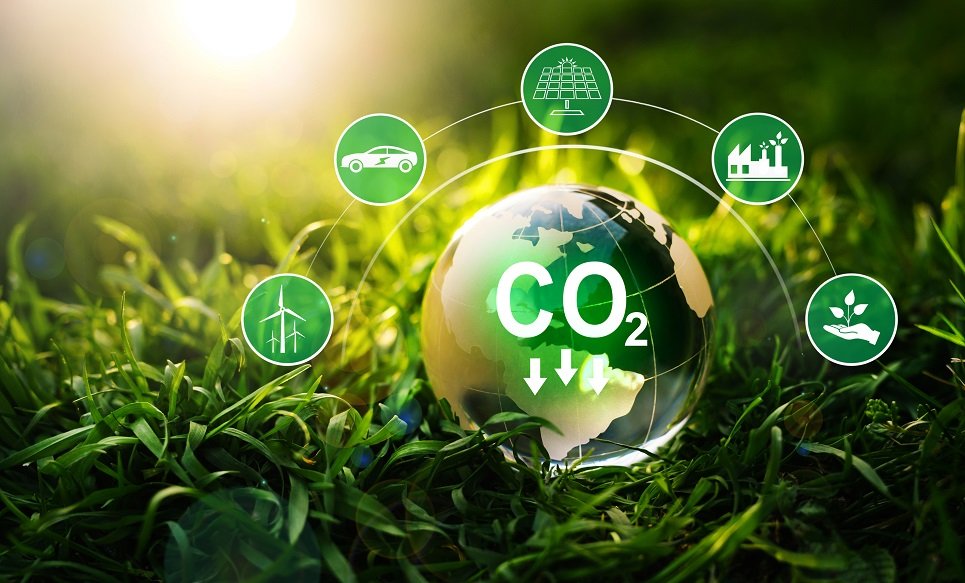Singapore promulgated three regulations on carbon pricing on December 21, 2018. All regulations came into effect on January 1, 2019 under the “Carbon Pricing Act” promulgated in June 2018.
- Carbon Pricing (Registration and General Matters) Regulations 2018
https://sso.agc.gov.sg/SL/CPA2018-S858-2018?DocDate=20181221&ViewType=Pdf&_=20181221203939
- Carbon Pricing (Measurement, Reporting and Verification) Regulations 2018
https://sso.agc.gov.sg/SL/CPA2018-S857-2018?DocDate=20181221&ViewType=Pdf&_=20181221203939
- Carbon Pricing (Composition of Offences) Regulations 2018
https://sso.agc.gov.sg/SL/CPA2018-S859-2018?DocDate=20181221&ViewType=Pdf&_=20181221183302
The original text of the “Carbon Pricing Act”, which is the superior law, can be downloaded from the following website.
https://sso.agc.gov.sg/Acts-Supp/23-2018/Published/20180601?DocDate=20180601&ViewType=Pdf&_=20181221135458
Carbon Pricing (Registration and General Matters) Regulations 2018
The Regulations provide for the registration of regulated sectors, responsible persons and facilities under the Carbon Pricing Act, and the nomination of greenhouse gas (GHG) managers. The regulated sectors are designated as follows in Article 3 of the Act.
- Manufacturing and manufacturing-related services (e.g., product assembly, raw material processing, machine repair, printing)
- Production and supply of cooling water for electricity, gas, steam, compressed air, or air conditioning
- Water and sewage treatment and waste management (including waste collection and recycling)
For facilities with annual GHG emissions of 2000 tCO2e or more on a carbon dioxide equivalent basis (the “first emission threshold” specified in Part 1 of Schedule 2 of the Carbon Pricing Act), the operations manager (the person who is responsible for one or more of operational, health and safety, or environmental measures) must register as a “registered person” and must make an application to the Singapore National Environment Agency (NEA) for the facilities that he/she is responsible for managing as “reportable facilities.” This regulation specifies the details of the various information required for the application (name, Singapore company number, business summary, information about the GHG manager, records showing GHG emissions at the facility, etc.).
For facilities with emissions of 25,000 tCO2e or more, which is the “second emission threshold“, registration as a “taxable facility” is required.
Carbon Pricing (Measurement, Reporting and Verification) Regulations 2018
This regulation specifies items such as the content and submission format of the GHG emissions report to be submitted to the NEA, the content of the GHG monitoring plan, the external auditor’s evaluation of the GHG monitoring plan, and the verification of the emissions report.
GHG emissions reports must be submitted by “reportable facilities” defined above using the NEA website or by other method specified by the NEA. The report must be in the format prescribed by the NEA and must include the following items:
- All activity data for the facility
- Calculation results related to GHG emissions from emission sources at the facility
- Total GHG emissions from the facility
- Other requirements specified by the NEA
- Documentation of all the above information
On the other hand, “taxable facilities” must submit a GHG monitoring plan. The main items are as follows:
- All sources of GHG emissions at the facility
- The main methods, steps and procedures used in the calculation of GHG emissions at the facility (* the details are specified in the regulations), and alternatives when those methods are not appropriate under special circumstances
- The quality control framework that ensures the integration of the GHG emissions processes and the calculation results (* the details are specified in the regulations)
- Documentation of all the above information
 Singapore promulgates multiple subordinate regulations related to carbon tax laws
Singapore promulgates multiple subordinate regulations related to carbon tax laws 

























